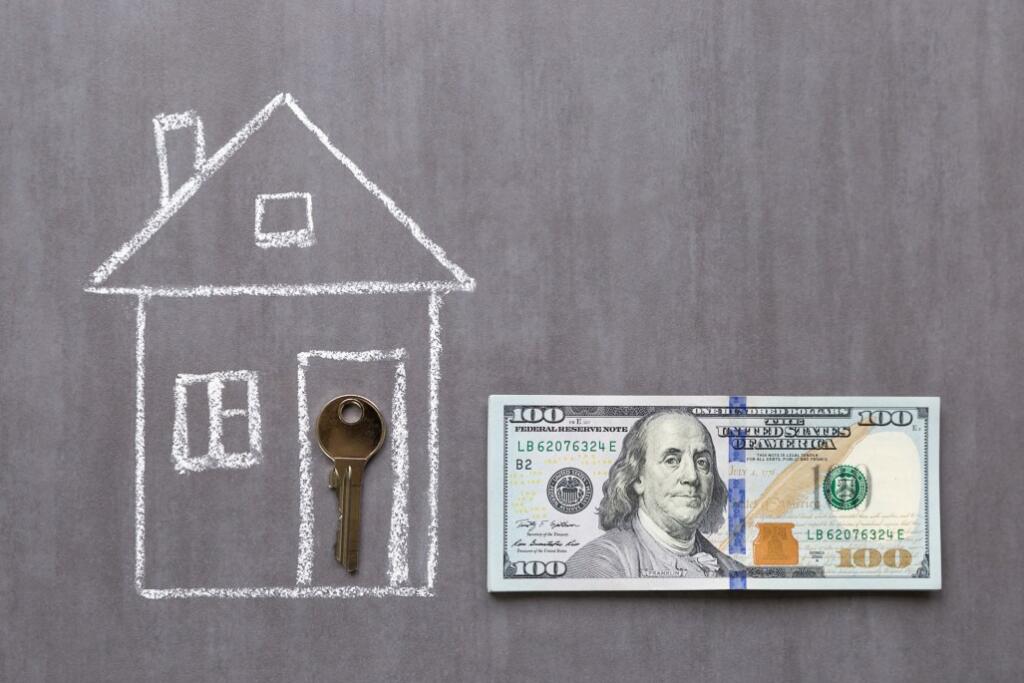
Buying and selling a home, with all the details involved, is never a simple affair. But when you have to do both at the same time, the process can become exponentially harder to navigate.
Simultaneously buying and selling is a complex task that takes extensive planning and preparation. Even if you do everything right, there are still external circumstances that may unpredictably throw a wrench in your plans.
Of course, many lake homes serve as secondary residences, which eliminates the need to buy and sell simultaneously. However, depending on the community, there are still plenty of current homeowners who live at the lake full-time or potential buyers who plan to in the future.
So for those year-round lake lovers, here’s a guide on how to expertly navigate the buying and selling balancing act should you ever need to.
Become One with the Market

When you start considering listing your home, it’s imperative to first familiarize yourself with the local market. Knowledge of current market conditions is where you begin evaluating your buying and selling process. It’s key to determining where the power will lie in future negotiations, which will help you time things properly.
A Buyer’s Market
One can only hope that the planets align in a way that puts your future home in a buyer’s market. In these conditions, there are more homes available than there are people buying, effectively placing power in the shoppers’ hands.
Because buyers will likely have an easier time finding a home than sellers will have selling their homes, sellers are often encouraged to accept contingency offers. This is when buyers agree to purchase the home contingent on selling theirs first.
A Seller’s Market
In a seller’s market, there are more people shopping for homes than there are homes on the market.
This lack of available inventory often produces more competitive offers from exasperated home buyers. However, sellers will likely sell their home quicker than they can find a new one.
So depending on which market you’re operating in, how do you best navigate buying and selling to set yourself up for success? And should you buy first and then sell, or sell first and then buy?
This balancing act can get pretty tricky and unfortunately, there is no one-size-fits-all answer.
Understand Your Finances

After determining the state of the real estate markets relevant to you, analyze your personal finances.
First, determine the amount of cash you have readily available to put toward moving expenses.
Once that’s accounted for, gauge the amount of liquid equity you have in your home. While this can help with costs, it won’t be accessible until after you’ve already finalized the sale of the home.
If it’s a lake home you’re selling, keep in mind the equity won’t be as liquid. Since lake properties are often secondary or vacation spots, they tend to sit on the market longer than off-lake homes.
Therefore, it isn’t wise to depend solely on money you won’t have until after the sale. Unless, of course, you plan to sell your home before you buy a new one, but we’ll get to that later.
Then, determine your home’s likely resale value. A good appraiser or real estate agent can help with this. In a situation as precarious as buying and selling simultaneously, sellers are encouraged to keep an open mind and listen to what the market is saying when determining the listing price.
Afterwards, check with your mortgage lender or financial planner to see what loans you qualify for, if necessary. All these factors will help to determine which course of action is most appropriate for your circumstances.
Buying Before Selling

Should you choose to buy a new home before selling the current one, there are multiple ways to go about it.
Sale & Settlement Contingency
If you find your dream home before you’ve sold your current one, offer to buy it contingent on successfully selling yours first. In most cases, sellers will be more inclined to accept contingency offers if the buyer’s home is being actively marketed.
Since contingency offers aren’t as competitive as others, this works best in a buyer’s market. Keep in mind, though, that sellers are still allowed to entertain other offers; however, you have first right of refusal if a competing offer comes.
Purchase with a bridge loan or HELOC
A home equity line of credit, or HELOC, borrows against the equity in your current home to cover closing costs and the down payment on the new one. A bridge loan is a loan from your bank that allows you to buy a new home before selling your current house.
Both of these are short-term financing options to be paid back after you sell your home. Don’t count on these as safety nets, though. Both HELOCs and bridge loans are very difficult to obtain.
Request an Extended Closing
After finding a home, you can give yourself a little more time to find a buyer by requesting an extended closing beyond the usual 30-45 day limit. Only do this if you’re certain you can sell your home in a short period of time. This option works best in a buyer’s market.
Rent Out Your Current Home
If you don’t immediately need the money from your first home to cover moving and closing expenses, you could rent it out.
This additional income would take care of mortgage payments while you try to find a buyer. However, selling a home is more difficult when there are tenants living there.
Also, this choice means you’ll need to qualify for a second mortgage. That requires proving you have enough income for six months’ worth of payments on both homes, in addition to moving costs.
Pay Cash
One-third of lake homeowners pay cash for their lake homes. This is by far the simplest, least risky way to buy before selling. Not to mention, paying in full eliminates the need to take out a second mortgage. Simple doesn’t mean easy, however, and this isn’t a realistic option for most homeowners.
Buying before selling is great because you only have to move once, and you have somewhere to go right away. The downside, however, is that you may feel rushed to sell, which can lead to accepting lower offers than you normally would on your listing.
Selling Before Buying

This is the least stressful option with the least amount of risk. If you choose to sell first, you already know exactly how much money you have to work with when buying a new home. With this option, there are fewer strategic options to weigh.
Sale & Settlement Contingency
This is the same option mentioned previously under “Buying Before Selling”. However, if selling first is the priority, don’t make a contingent offer on a new home until you already have an offer on your current one.
Sign a Rent-Back Agreement
In a rent-back agreement, you sell the home on the condition that you can rent it back from the new owners for 60-90 days. This provides access to the money from the sale and allows more time to look for a new home.
Both a settlement contingency and a rent-back provision work best in a seller’s market when buyers are forced to be more flexible with contract terms.
Find Temporary Housing
The downside of finding temporary living situations between houses is having to move twice. You’ll need to find somewhere you can pay rent month-to-month or take on hotel prices week-to-week.
Unless, of course, you have relatives or friends to stay with while searching for a new home. But this is still less expensive and hectic than juggling two house payments. It also takes a ton of pressure off timing.
Sure, you’ll have to move twice and storage and moving costs can potentially add up. However, for sellers of lake property this is a good option because, again, lake homes usually stay on the market longer. Getting the task of selling out of the way before buying another home would be significantly less stressful.
Walking the balance beam of buying and selling at the same time is never an easy feat, but it can be made simpler. Financial literacy, a good strategy and an expert real estate agent can really help to smooth out the process and save you some hair-pulling moments.
For more advice on selling or purchasing a lake home, read more articles here.

